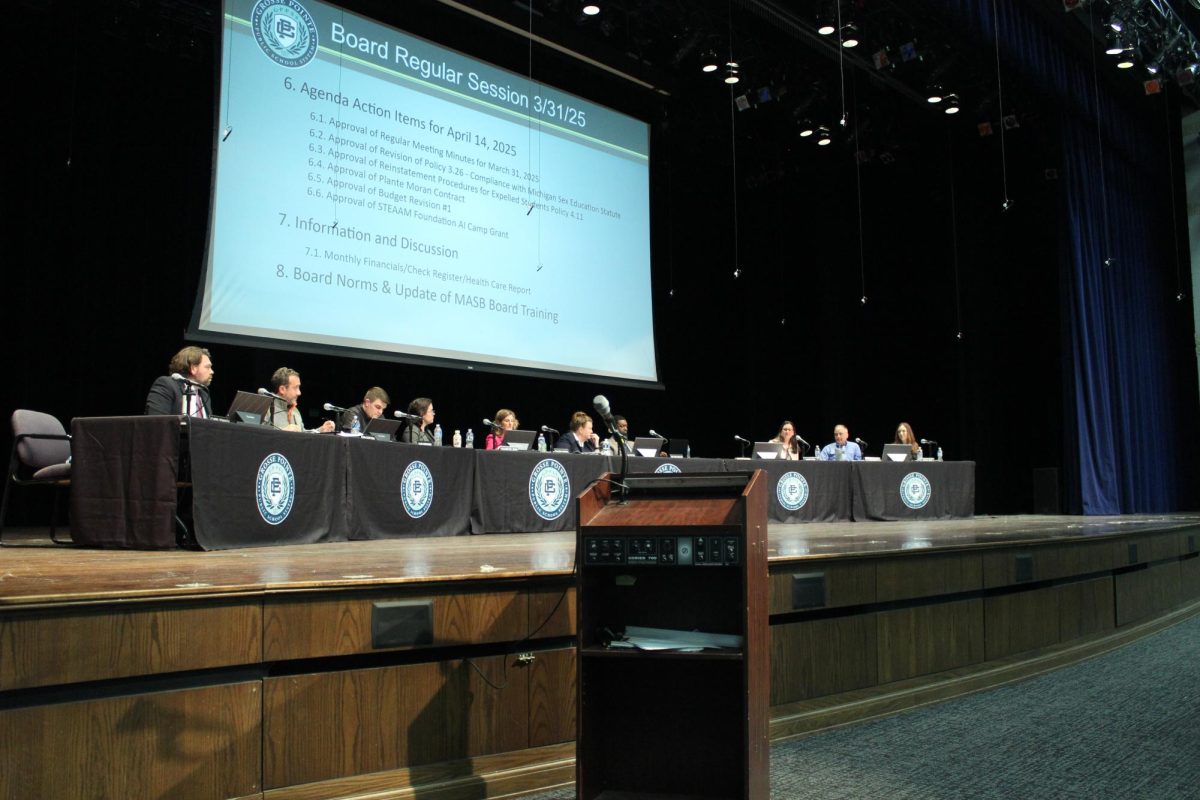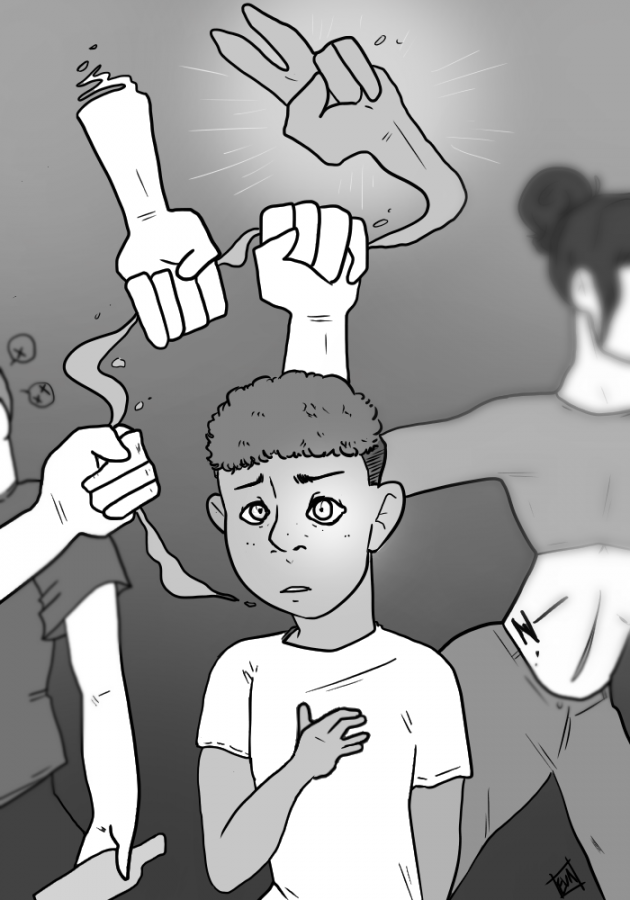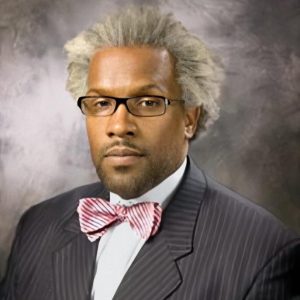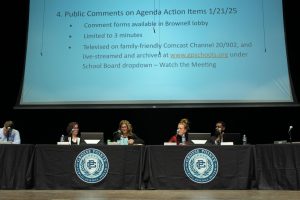The conflicted reality of diversity between Grosse Pointe, the stigma behind the N-Word
February 15, 2018
From the horrors of slavery to the pages of Mark Twain novels to the lyrics of today’s rap music, the N-word has deeply rooted itself into American history and, following suit, Grosse Pointe.
Flipping through South yearbooks, it’s easy to point out a lack of melanin. According to the 2010 census, Grosse Pointe Farms is 95.4 percent white. The City is 93.2 percent white. The Park has the most diverse population, being 85 percent white and 10.5 percent African American.
Located 8.6 miles away from the heart of Detroit, the demographics could not be more different between the two regions. The 2010 census claims Detroit’s population is 82.7 percent African American and 10.6 percent caucasian, nearly the polar opposite of Grosse Pointe Park.
Naturally, such differing statistics have led to racial intolerance, tensions and conflicting interests, which have seemed to be present in South ever since its founding in 1928. In a survey of 52 South students, 75 percent of them said they believe our school struggles with racial tensions that have led to discrimination.
We at the Tower believe that everyone must take strides on their own to prevent racism from further affecting us, like educating oneself on the past prejudices of our school. By recognizing these issues, we can learn from our mistakes and heal as a community and focus on providing a safe area for all students, no matter their skin tone.
Over the course of the 2015-2016 school year, two racially-provoked incidents rocked the Grosse Pointe school district and even made national news headlines.
First, several students were reprimanded after posting an Instagram photo from a party in which they had messages including the N-word written on their stomachs. Despite being quickly deleted, the photo still made its way to South administrators, who punished the students and sent out a mass email to all the parents in the district about what had happened.
Clearly, though, the message did not reach the level of impact it had originally intended to. Only two months after the first incident, a video was leaked of a drunken South student and two of his friends hurling slurs about black people, laughing over how they would bring back segregation, burn black people at the stake and drown them in rivers, all while using the N-word.
In the same aforementioned survey, 82.7 percent of students said they thought it was wrong for non-black people to use the N-word in any context, but 71.2 percent believe it is acceptable for black people to use the word.
While it can be seen as derogatory for caucasian people to use the N-word, black people using it is a form of reclamation, essentially stripping the word of its power. The N-word carries a tradition of racism and subhuman brutality when it slips from the mouths of white people, but may be closer to a form of comraderie for African Americans.
Clubs such as the Black Awareness Society for Education (BASE), which is open to students of all ethnicities and races, aim to broaden the minds of its attendees with an emphasis on combating racist environments, according to member LaShun O’Rear ’18.
“(In BASE) you offer awareness of what black students face in our school as well as (create) an inclusive environment where all students from all different backgrounds can feel welcome,” O’Rear said.
With February being Black History Month, we believe this topic is of the utmost importance. Black History Month is a time to become educated on the historical feats of black individuals and recognize the wrongdoings of our past and attempt to bridge that divide. The bridge, though, will never be built if we are not aware of the words that escape our lips.
Unfortunately, such great strides towards social change do not happen overnight. The effects of Jim Crow laws are still permeating today’s society nearly 80 years after the fact, so it can be expected that the racism students experience at South will take time to discontinue.
The Tower recognizes this social injustice and urges readers to consider their actions and words carefully before allowing them to be out in the open. Preventative measures and caution are often the most effective remedies in cases of racial or ethnic divisions, and the montra has been repeated to us since childhood: if you don’t have anything nice to say, don’t say anything at all.
But if you see a student acting in a way that is morally unjust towards a minority, speak up. Do not be afraid to stand your ground and give a voice to those who may be silenced. Racism is a sensitive subject that affects everyone in a different way, and there’s no guarantee to eradicate it anywhere. However, students can do their part by being aware of those around them and walking a few miles in each others’ shoes to gain the perspective needed for a lifetime of acceptance and equality.














































































